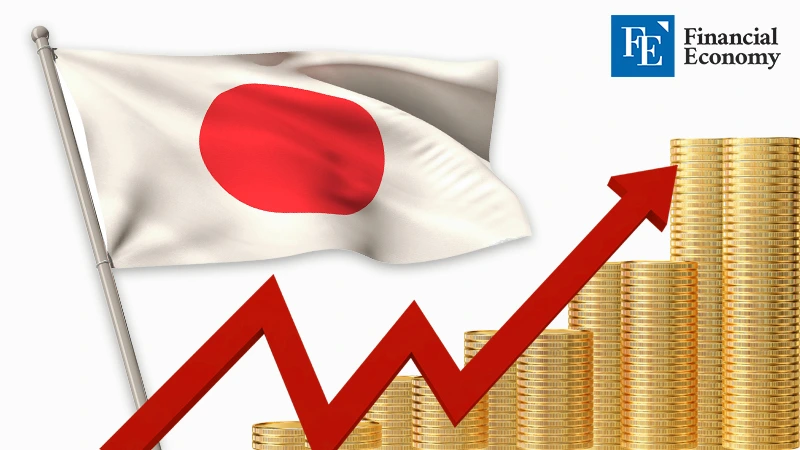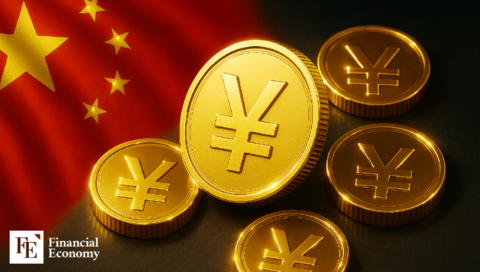Anxieties Over Possible Reversal of Yen Carry Trades in the Foreign Exchange Markets Caused by Record-High Japanese Ultra-Long-Term Bond Yields
Input
Changed
30-Year and 40-Year Japanese Government Bond Yields Hit All-Time Highs Weakened Market Demand Amid Bank of Japan's Reduced Bond Purchases USD/JPY Exchange Rate Falls, Driving Yen Appreciation

Yields on Japan’s ultra-long-term government bonds have reached record highs, triggering a sharp surge in market anxiety. Weak demand, combined with the Bank of Japan’s (BOJ) reduction in bond purchases, has led to increased selling pressure, particularly on long-dated bonds, causing yields on 30-year and 40-year bonds to spike. In the market, concerns over the Japanese government's fiscal health and ongoing political uncertainty are exacerbating the supply-demand imbalance in government bonds, rapidly dampening investor sentiment.
Investor Anxiety Dampens Demand for Japanese Government Bonds
On the 20th (local time), Japan’s 30-year government bond yield rose to 3.14%, marking the highest level since the bond was first issued in 1999. The yield on 40-year bonds also climbed to a record 3.61%, heightening market tension ahead of the upcoming bond auction next week. The 20-year bond yield briefly surged by 15 basis points (1bp = 0.01%) to 2.555%, reaching the highest level in 25 years since 2000. In general, bond yields and bond prices move inversely.
Experts say that the poor demand in the 20-year bond auction—its weakest in over a decade—has triggered investor anxiety and fueled the surge in yields. Katsutoshi Inadome, Chief Strategist at Sumitomo Mitsui Trust Asset Management, commented, “The 20-year auction results were far worse than expected,” explaining that “although worries over fiscal expansion and falling liquidity had already led to a sell-off in the 30- and 40-year segments, market jitters are now spreading to the 20-year space as well.”
The Bank of Japan’s (BOJ) move to reduce bond purchases has also influenced the spike in yields. Since August 2023, the BOJ has been gradually cutting its quarterly bond purchases by ¥400 billion, aiming to halve its buying volume by March next year. Further complicating matters, major institutional investors in Japan, such as insurance companies that once supported the market, are now reluctant to buy bonds, worsening the supply-demand imbalance. Bloomberg reported that globally, investor caution over increased fiscal spending has contributed to the surge in Japan’s long-term bond yields.
Political Uncertainty Ahead of Japan's Upper House Election Adds Pressure
Political instability in Japan is also amplifying market concerns. Prime Minister Shigeru Ishiba has yet to achieve tangible results in tariff negotiations with the U.S. With the Upper House election set for July, discussions over deficit-financed bonds and tax cuts have intensified, raising further alarms over fiscal sustainability. These concerns peaked after Prime Minister Ishiba stated during a budget committee session on the 19th, “Japan’s fiscal condition is worse than Greece’s,” causing investor fears to deepen.
Japan’s government debt-to-GDP ratio has surpassed 250%, the highest among developed nations, far exceeding Greece’s peak ratio of approximately 150% during its 2010 debt crisis. This situation stems from Japan’s structural challenges. After the 1990s asset bubble collapse, the BOJ implemented a decade of aggressive stimulus and quantitative easing (QE) to support the economy. While the country ended its stimulus last year and exited negative interest rates, short-term borrowing costs still remain low at just 0.5%.
In March last year, the BOJ ended its negative interest rate policy and raised the policy rate (interest on excess reserves) to 0–0.1%. This was followed by hikes to 0.25% in July 2024 and 0.5% in January 2025, marking the highest level in 16 years and 3 months. In this context, Japan’s 30-year government bond yield recently surpassed South Korea’s. On March 17, Japan’s 30-year bond yield rose to 2.638% during trading, overtaking South Korea’s 30-year bond yield peak of 2.606%—a reversal not seen since August 2016.

Fears of a Repeat of 'Black Monday' Loom Over Markets
With Japanese ultra-long-term bond yields continuing to rise, fears of a mass unwinding of yen carry trades are spreading. Markets warn that a sustained increase in Japan’s bond yields could significantly alter global capital flows. As Japan is no longer perceived as a “zero-interest” country, the incentive to borrow yen at low interest and invest in high-yield assets elsewhere—the essence of the yen carry trade—may weaken. The recent appreciation of the yen, driven by a falling USD/JPY exchange rate, adds to these concerns.
Markets have already experienced such a shock. In late July last year, when the BOJ signaled an unexpectedly early rate hike, a wave of global deleveraging hit as investors unwound carry trades funded with cheap yen. On August 5, after the weekend, the Nikkei 225 plunged 12%—its second-largest drop ever—while Korea’s KOSPI and KOSDAQ both fell nearly 8%. The U.S. S&P 500 also lost 3%, with markets across Asia and the U.S. plummeting in tandem.
Amid rising concerns, experts are now calling on the BOJ to reconsider its quantitative tightening (QT) strategy. Ryoma Nagatomo, Senior Fund Manager at Norinchukin Zenkyoren Asset Management, warned, “In the current environment of fiscal risk and supply glut, there’s no appetite for ultra-long-term bonds,” adding, “Authorities must take clear measures to restore market confidence.” There are also calls for the Japanese Ministry of Finance to adjust its long-term bond issuance schedule to mitigate volatility. Many expect the BOJ to review its bond purchase reduction plan at its June policy meeting.





















